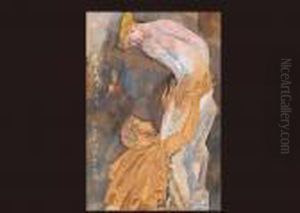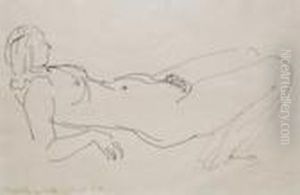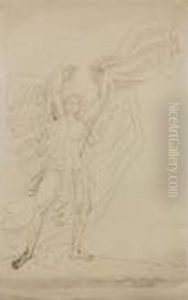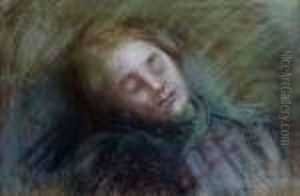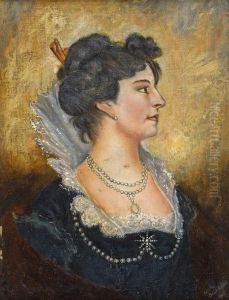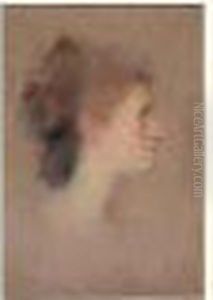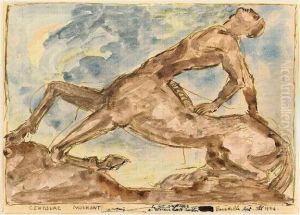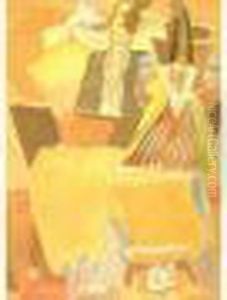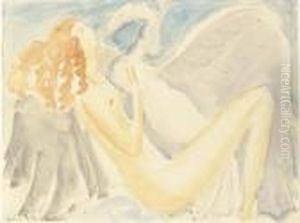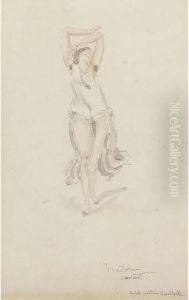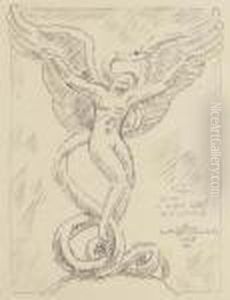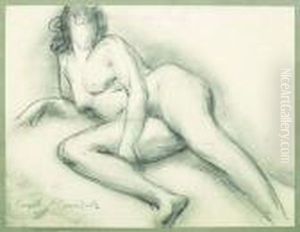Emile-Antoine Bourdelle Paintings
Émile-Antoine Bourdelle, born Émile Antoine Bordelles, was a prominent French sculptor and teacher, born on October 30, 1861, in Montauban, France. He was originally a pupil and assistant to Auguste Rodin, but later diverged from his master's style to pursue his own distinct artistic path. Bourdelle's early works were marked by a naturalistic approach, which can be seen in his early busts and statues.
In 1884, Bourdelle moved to Paris to study at the École des Beaux-Arts. His time there was crucial in shaping his style and approach to sculpture. He became Rodin's assistant in 1893, which provided him with the opportunity to refine his skills and gain exposure to the art world. Despite the influence of Rodin, Bourdelle was keen on developing his own voice, and he eventually broke away from Rodin's shadow to establish his own reputation.
Bourdelle's style evolved over the years, and he became known for his powerful, monumental sculptures that often depicted mythological or historical figures. His work is characterized by a dynamic expression of form and a dramatic use of space. Some of his most famous works include 'Hercules the Archer' and the 'Monument to General Alvear' in Buenos Aires.
In addition to his sculpture, Bourdelle was also an influential teacher. He taught at the Académie de la Grande Chaumière in Paris, where he influenced a new generation of sculptors, including Alberto Giacometti and Henri Matisse.
Bourdelle's legacy is preserved at the Musée Bourdelle in Paris, which was his studio and residence until his death on October 1, 1929. The museum showcases a large collection of his works, including sculptures, drawings, and personal objects, providing insight into the life and work of one of the early 20th century's most significant sculptors.

